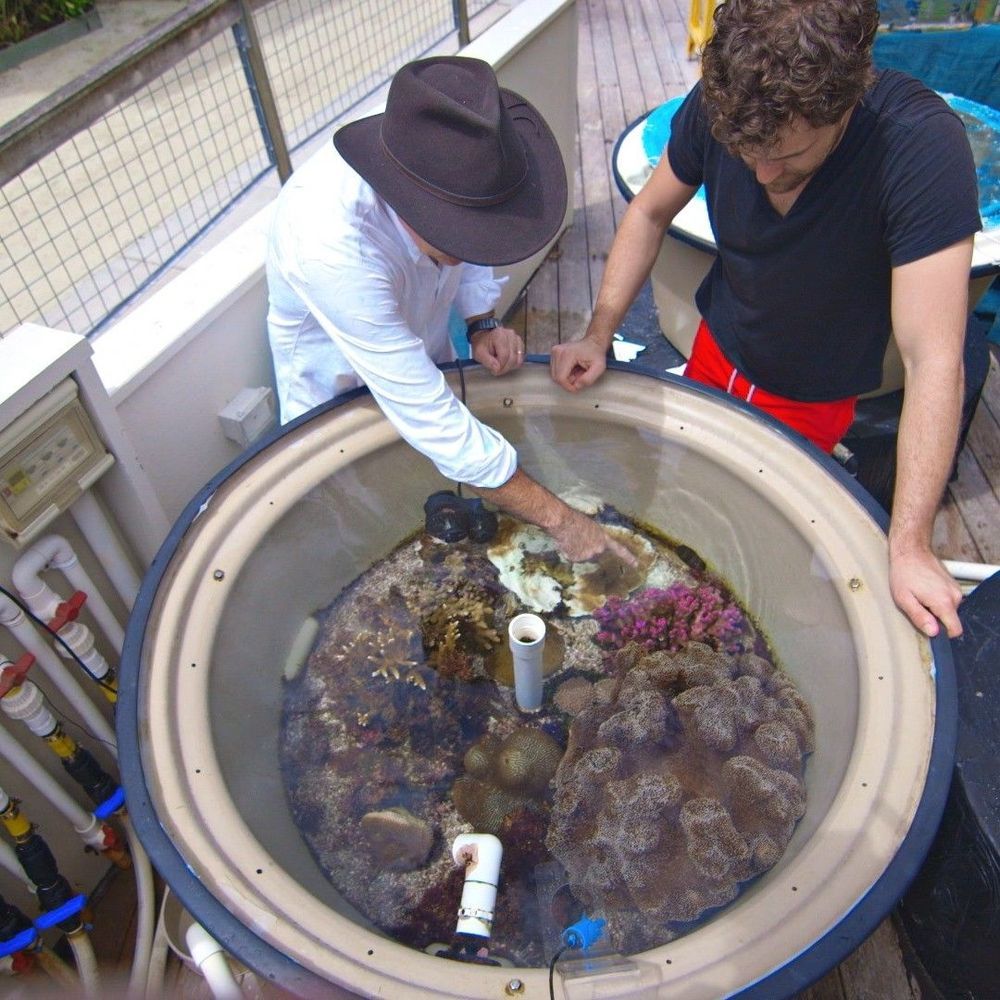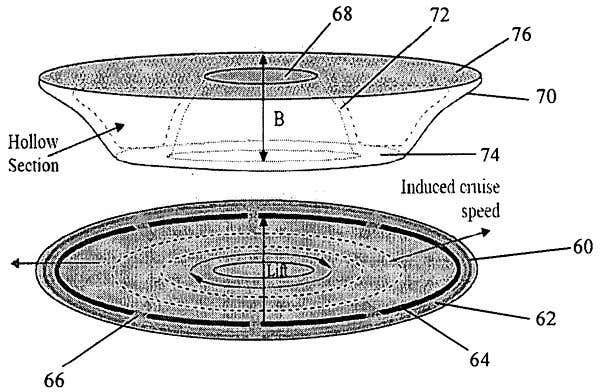What will the crew do until 2039 if there IS a nuclear war?
Think of DNA and chances are the double helix structure comes to mind, but that’s only one piece of the puzzle. Another major part is mitochondrial DNA, and in plants that’s even more important – and so complex that scientists haven’t yet been able to edit the genes in there. Now a team of Japanese researchers has managed to do just that, which could help improve the genetic diversity of crops.
Climate Facts
Posted in climatology
Taking the Climate for Granted
Posted in climatology, health
Dr Aubrey de Grey doesn’t just believe that aging, and the suffering that comes with it, can be slowed down — he believes it can be undone altogether.
What’s more, he thinks we are merely a few years away from making the scientific breakthroughs that will enable the medical field to put an end to death related to ageing — for good.
His independently funded non-profit, the SENS Foundation, is at the forefront of radical research that combines the problem solving approaches of technology with geriatric medicine.
In this conversation, he talks to Rob about his refusal to age gracefully, the biases of modern science, immortality, and why he won’t waste his time thinking about whether or not God exists.
▶▶ NEW EPISODE EVERY WEDNESDAY!
NASA life support analyst Lucie Poulet explains how analog missions work and what they tell us about future crewed missions.
A trio of researchers affiliated with several institutions in the U.S. and Canada has found evidence that suggests nuclear material beneath the surface of neutron stars may be the strongest material in the universe. In their paper published in the journal Physical Review Letters, M. E. Caplan, A. Schneider, and C. J. Horowitz describe their neutron star simulation and what it showed.
Prior research has shown that when stars reach a certain age, they explode and collapse into a mass of neutrons; hence the name neutron star. And because they lose their neutrinos, neutron stars become extremely densely packed. Prior research has also found evidence that suggests the surface of such stars is so dense that the material would be incredibly strong. In this new effort, the researchers report evidence suggesting that the material just below the surface is even stronger.
Astrophysicists have theorized that as a neutron star settles into its new configuration, densely packed neutrons are pushed and pulled in different ways, resulting in formation of various shapes below the surface. Many of the theorized shapes take on the names of pasta, because of the similarities. Some have been named gnocchi, for example, others spaghetti or lasagna. Caplan, Schneider and Horowitz wondered about the density of these formations—would they be denser and thus stronger even than material on the crust? To find out, they created some computer simulations.
A space-age “force field” capable of protecting armoured vehicles and tanks by repelling incoming fire is being developed by British military scientists.
By Justin MullinsPass a current or magnetic field through a conducting fluid and it will generate a force. Numerous aerospace engineers have tried and failed to exploit this phenomenon, known as magnetohydrodynamics, as an exotic form of propulsion for aircraft. But perhaps attempts so far have all been too big.
A very small design could have a better chance of taking off, says Subrata Roy, an aerospace engineer at the University of Florida, Gainesville, US.
With a span of less than 15 centimetres, his aircraft qualifies as a micro air vehicle (MAV), but it has an unconventional design to say the least. It is a saucer shape covered with electrodes that ionise air to create a plasma. This plasma is then accelerated by an electric field to push air around and generate lift.
Fifty years ago, humans took their first steps on the Moon. The world watched as we made history.
On July 19 at 1 p.m. EDT, we’ll salute our #Apollo50th heroes and look forward to our next giant leap.
Will you be watching? https://go.nasa.gov/327ZDZs









